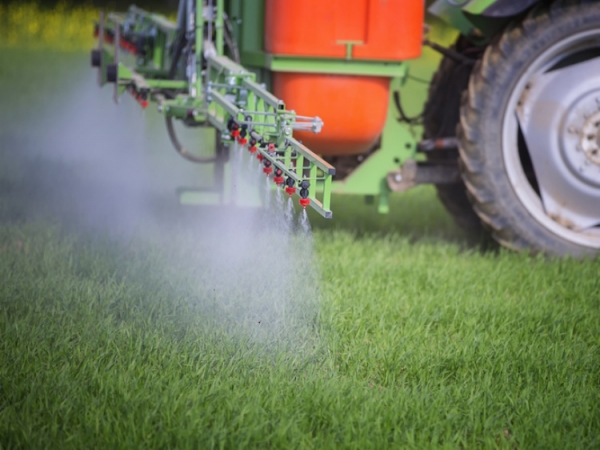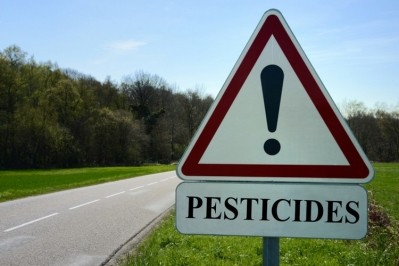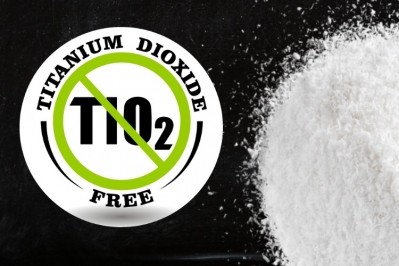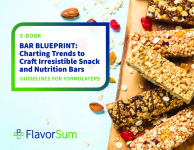How much chlormequat does your breakfast cereal contain?
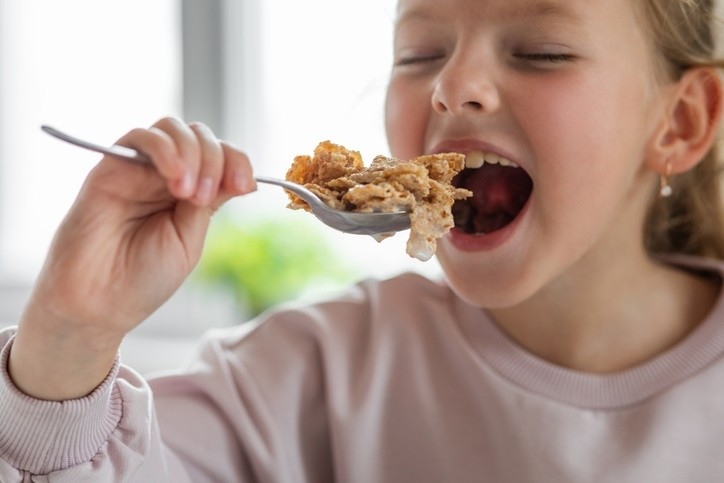
The January 2024 study by the EWB – published in the Journal of Exposure Science & Environmental Epidemiology – found 90% of Americans tested had the agricultural chemical in their systems. Just as troubling, the health watchdog detected it in 92% of oat-based foods purchased in May 2023, including Quaker Oats and Cheerios.
What is chlormequat?
Chlormequat is an alkylating agent and a quaternary ammonium salt, used as a pesticide to control plant size by blocking the hormones that stimulate growth. It has the ability to retard cell elongation, which results in a decreased stem height. A shorter stork prevents crops bending over, which can make harvesting more difficult. It also improves resistance to environmental factors such as wind and precipitation.
The use of the chlormequat is undoubtedly controversial.
It’s approved for use in conventional wheat and oat cultivation in Canada, the UK and the EU. In fact, in 2020, the European Food Safety Authority (EFSA) concluded it was ‘unlikely to pose a risk to consumers’ health’ and increased the maximum residue levels (MRL) for barley from 3mg to 7mg/kg. However, its prohibited for use in fruit and vegetable production.
Initially, chlormequat was only approved for use in the US for ornamental and greenhouse plants, but in 2018, the Environmental Protection Agency (EPA) allowed the importation of oats and other foods treated with the chemical – also increasing the MRL in 2020.
Alarm bells began ringing long before this, though. An undated report – but predating 2009 – by the European Chemical Agency (ECHA) came with a strident warning that chlormequat chloride ‘is harmful if swallowed and is harmful in contact with skin’.
It states the toxic chemical is ‘likely to meet criteria for category 1A or 1B carcinogenicity, mutagenicity or reproductive toxicity, or with dispersive or diffuse use(s) where predicted likely to meet any classification criterion for health or environmental hazards, or where there is a nanoform soluble in biological and environmental media’.
Tolerance creep
The EWG study has again raised concerns about the exposure levels in humans, with ‘significantly higher’ concentrations detected in four out of five Americans tested. The study examined urine samples between 2017 and 2023 and found consumer exposure is on the rise – from 69% in 2017 to 90% in 2023.
Although no human trials have to date been conducted, a slew of research has found adverse effects – even at extremely low levels – in animals raised on chlormequat-treated grains. These run the gamut from reduced fertility to reproduction problems, delayed onset of puberty, reduced sperm motility, impacted embryonic growth and adverse effects on postnatal health, according to the National Library of Medicine.
“Although these studies focus only on the chemical’s potential effects on animals, they raise questions about whether it could also harm humans,” said the health watchdog.
A 2023 report by EWG said the health benchmark of chlormequat is 30 parts per billion (ppb) of a typical serving size, which is the equivalent to a blade of grass on a football field.
“It’s the most chlormequat we think someone can eat every day without facing potential health risks,” wrote the study’s authors.
Chlormequat purportedly only stays in the body for 24 hours, but the higher levels in the US suggest regular – and long-term – exposure, thanks to popular everyday brands marketed to adults and children.
In 2022, EWG found ‘concerning amounts’ of the chemical in commissioned lab tests of 14 popular oat-based cereals, granola and other everyday products. In 2023, it tested 20 more oat-based products (both organic and non-organic) and nine wheat-based products and found all but one had detectable levels of chlormequat.
According to the study, Quaker’s Old Fashioned Oats had the highest concentration (291 ppb). Quaker’s Honey Nut Oatmeal Squares, Quaker’s Maple & Brown Sugar Instant Oatmeal, Great Value Oats & Honey Granola and Cheerios (Original, Honey Nut, Oat Crunch Oat’s n’ Honey and Frosted) all punched in with more than 100 ppb. Oat-based bars like Quaker Chewy Dark Chocolate Chunk also contained the chemical. The only conventional product with no detectable level of chlormequat was Kellogg’s Special K Fruit & Yogurt.
General Mills, which manufacturers Cheerios, however, contends its products are safe.
“All our products adhere to all regulatory requirements,” said spokesperson Mollie Wulff.
“Food safety is always our top priority at General Mills and we take care to ensure our food is prepared and packaged in the safest way possible.”
EWG’s 2024 research also tested products imported in and found oat-based products from Canada clocked in with an average of 104 ppb, while 82% of samples from the UK punched in with median concentrations of 1,650 ppb, more than 15 times higher than in US.
In April 2023, in response to a 2019 application submitted by chlormequat manufacturer Taminco, the EPA is proposing expanding the use of the chemical to include barley, oat, triticale and wheat grown in the US. The agency is taking public comment on the proposal until May 26, and if successful, would mark the first-ever approval for using the dangerous pesticide chlormequat chloride on US food.
EWG is opposing the plan.
“The EPA proposal to allow chlormequat to be sprayed on crops that ultimately become the main ingredients in foods we eat, like cereals, is a serious mistake that puts the health and safety of the American public, especially children, at risk,” said Olga Naidenko, EWG VP for Science Investigations.
“The federal government has a vital role in ensuring that pesticides are adequately monitored, studied and regulated,” said Alexis Temkin, lead author of the study and a senior toxicologist with the EWG, in a statement.
“Yet the EPA continues to abdicate its responsibility to protect children from the potential health harms of toxic chemicals like chlormequat in food.”
Studies:
Temkin, AM, Evans, S, Spyropoulos, DD, et al. A pilot study of chlormequat in food and urine from adults in the United States from 2017 to 2023. J Expo Sci Environ Epidemiol (2024). doi.org/10.1038/s41370-024-00643-4
Anastassiadou, M, Bernasconi, G, Brancato, A, et al. Modification of the existing maximum residue levels for chlormequat in barley and animal commodities. European Food Safety Authority (EFSA), 2020. doi.org/10.2903/j.efsa.2020.5982
European Chemical Agency. Substance infocard: Chlormequat chloride
Evans, S, Temkin, Al, Naidenko, O. EWG investigation: Dangerous agricultural chemical chlormequat found in popular oat-based products. January 31, 2023.
